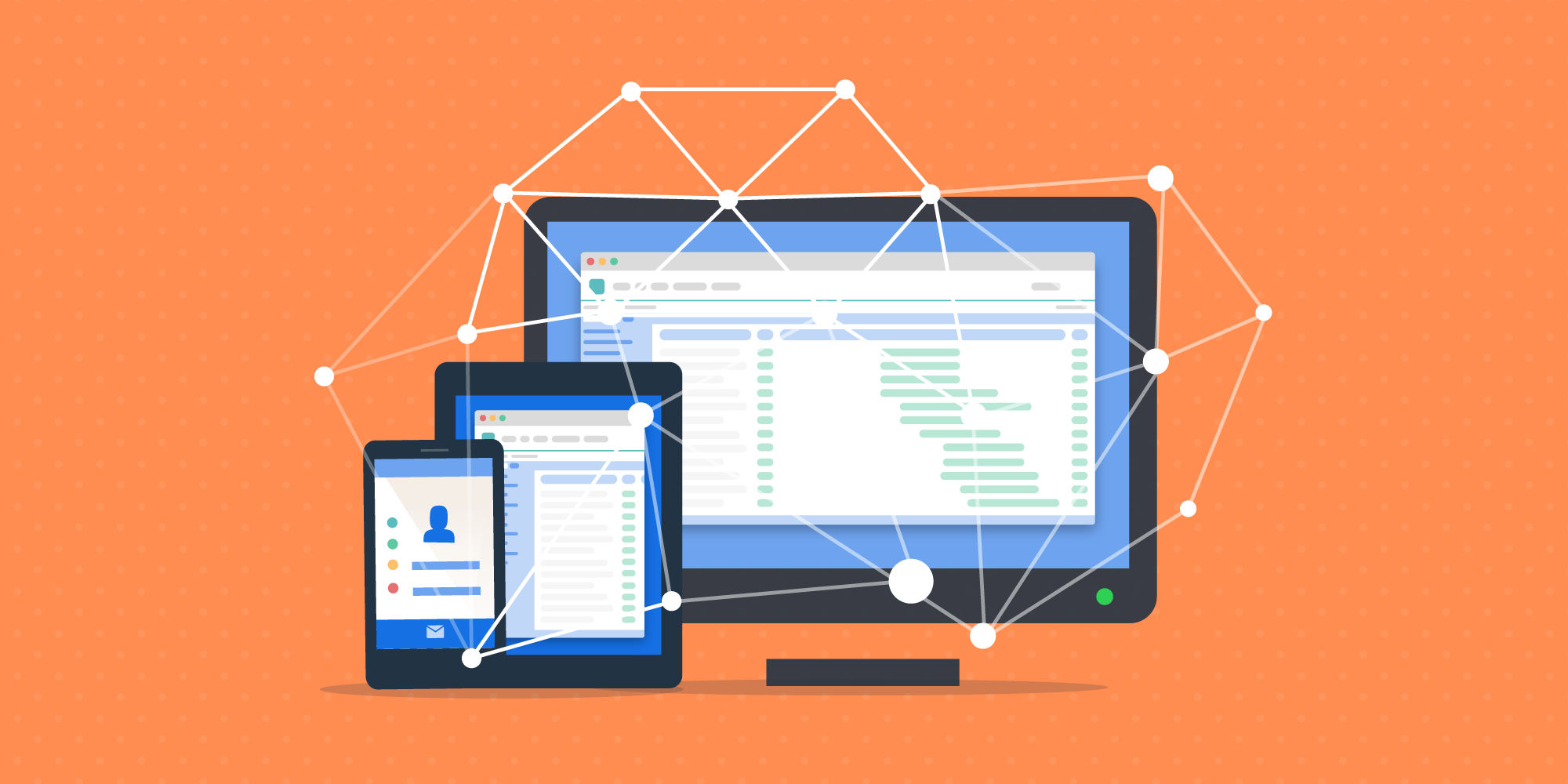When I started in Workforce Management (WFM) in the late 90’s, I was equipped with Excel and an erlang calculator. I felt pretty cool. I could determine the headcount requirement for every interval. I just needed to gather the handle time, volume and service level target. I worked for a small company that had no funding for a Workforce Management tool. Measurements in contact centers were still pretty basic at that point, and many of the leaders had been promoted from off the phones, so there wasn’t a lot of expertise in contact center best practices.
The limitations of spreadsheets
I was able to build forecasts using historical data and projecting it forward. I could come up with interval requirements, and I could schedule a few dozen employees to see what my net staffing was at each interval.
For a small operation, I could do most of what I needed to do with a spreadsheet. Then we determined we needed to improve our occupancy. That meant multi-skilling. Then we decided we needed to switch people intraday between skills to maximize their ability to quickly answer calls.
Then we separated out groups into regular and VIP, with the VIP staff taking calls from the regular line only in certain circumstances.
Everything I did was immediately obsolete.
Spreadsheets aren't designed to take into account this level of complexity. Our ability to schedule effectively and manipulate staff and calls real-time was extremely limited. I was able to build a case for our company to adopt a Workforce Management System.
Immediately, we were able to improve our occupancy, service level consistency, and the employees enjoyed a more consistent workload. It was a win/win/win.
After having the WFM system in place for a year, we couldn’t remember life before it. That technology, by today’s standards, was basic. Workforce Management Systems today are cloud-based, have great visuals, are easy for leadership, workforce management and the employees to use.
When do you need a WFM system (or a new WFM system)?
If your contact center is experiencing some of the following symptoms, you should consider a WFM system:
- You are getting complaints from customers about getting through.
- This is either an issue achieving service level, or you may be achieving it monthly, but not on a consistent basis across the month.
- A WFM system will improve your ability to plan for, schedule, and make real-time adjustments to be there for your customers.
- Employees complain about the fairness of schedules.
- A poor WFM system, or using excel means you have limited capabilities to develop different types of schedules.
- Customizing schedules becomes manual and time-consuming.
- Occupancy and/or Shrinkage is performing poorly.
- Strong WFM technology helps you leverage your staff to maximize occupancy.
- Additionally, it helps you to categorize and report your shrinkage into buckets that are easily manageable.
- You can also run scenarios to show the impact of activities on the shrinkage or occupancy outcome. This provides invaluable insights for leadership.
- You don’t know where your agents are spending their time.
- WFM systems are great for tracking all time spent by the agents.
- Approved time off the phones are logged as exceptions into the systems.
- Unapproved or ad hoc time off the phones are logged as schedule adherence variations.
- Without a WFM system, this time is generally completely unaccounted for, creating a gap.
- Service levels are consistently being missed, and you can’t explain why.
- Often, this is linked back to the ability to track time accurately. With only a portion of the data, it will appear that you have enough staff, but may be losing several hours per week per employee.
- Having access to this information, it can be put back to operations leadership to action. Identifying the gap is only part of the challenge. The other part is actually getting something done about it. WFM report help to make your case and get action.
Advantages of WFM software
Workforce Management technology always has a very strong return on investment (ROI). Anything that impacts staff requirements will generally pay for itself pretty quickly. In addition to the reduction in headcount in the operations, it requires fewer people in Workforce Management to plan, schedule, and real-time manage effectively.
Cloud-based solutions are very low-cost these days, so it’s a small investment to test one out and see what results are yielded.
For companies that are growing, this will allow you to handle more calls without hiring staff. This is a “hard dollar” savings and something that Finance loves to see.
For companies that are flat or shrinking, you achieve a better service level at the same staff levels. This is a “soft dollar” savings. You have savings based on the extra staff you would have had to hire to meet the new, higher service level.
Some Finance departments aren’t as excited about this type of savings. But it is a saving. If they don’t accept the soft dollar savings, then the other business case is the improved customer service.
How much more revenue will you generate by having higher service levels? How much will your net promoter score increase with a better service level? These are just a few examples you can look at.
Need help building a case for WFM software? Ask the experts.
Did you find the article interesting and would like to share it with your colleagues? Download the article as a PDF.





